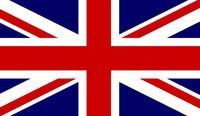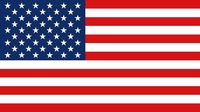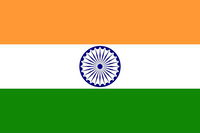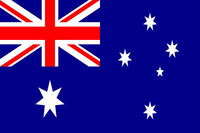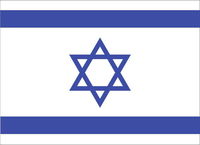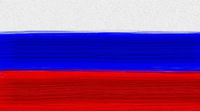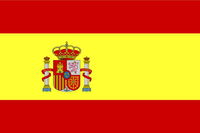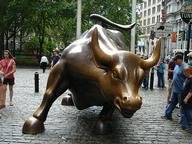
Flags of Finance: The Trade Index Challenge Quiz
This quiz is about stock exchanges. Test your knowledge of global trade through the lens of national stock indices. From exports to equities, discover how countries flag their financial power. Can you match each stock exchange to its country? Good luck!
by Kalibre.
Estimated time: 3 mins.
